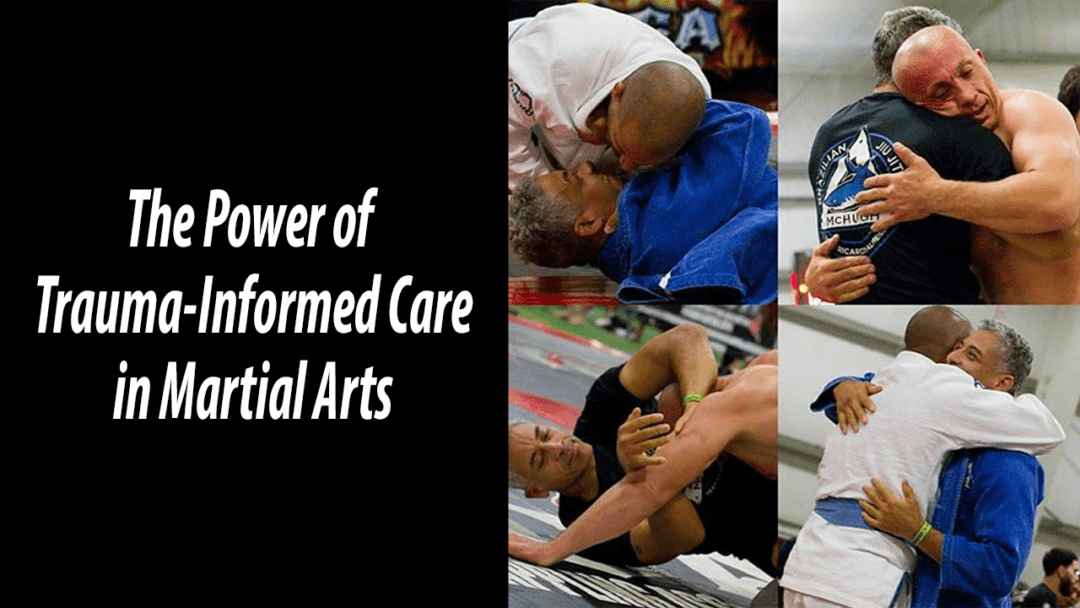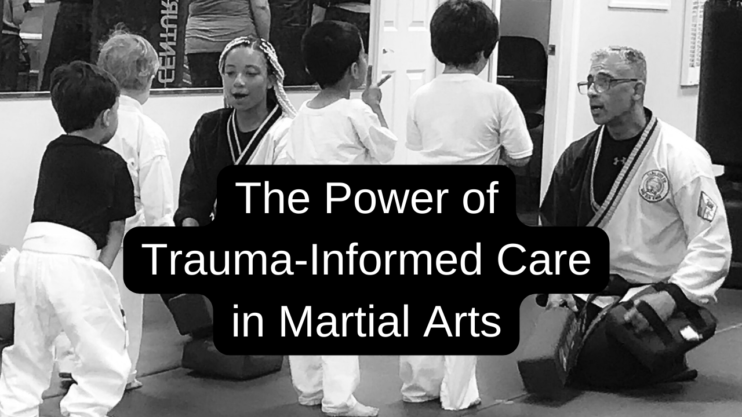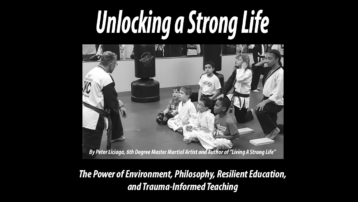Martial arts have long been celebrated for their ability to empower, transform, and heal. From the ancient dojos of the East to modern gyms worldwide, these practices have served as avenues for discipline, self-defense, and personal growth. However, as we evolve in our understanding of mental and emotional well-being, there’s a new perspective we, as instructors and leaders, must embrace: Trauma-Informed Care.
The Shift in Perspective: Seek First to Understand
Stephen Covey, in his renowned book “The 7 Habits of Highly Effective People“, introduced the principle: “Seek first to understand, then to be understood.” This powerful approach is at the core of trauma-informed care. Instead of asking, “What’s wrong with you?” we should wonder, “What have you experienced?” or “Can you share your story with me?” By genuinely seeking to understand our students’ experiences first, we can build a bridge of trust and empathy.
To effectively guide our students and provide them with holistic care, we must consider their entire life story. Each kick, punch, and kata has a backstory, influenced by past experiences and traumas. By embracing the “seek first to understand” principle, we can ensure our dojos are not just places for physical training but sanctuaries for emotional and mental healing.

Why Trauma-Informed Care Matters in Martial Arts
Many are drawn to martial arts for diverse reasons. While some seek discipline or physical fitness, others are on a quest for healing or reclaiming control over their lives. As dojo leaders, understanding trauma can make us more equipped to support every individual’s unique journey.
The objectives of trauma-informed care in the martial arts realm are:
- Understanding Trauma: Recognizing that trauma is widespread and taking the time to educate ourselves on the recovery paths.
- Being Observant: Detecting signs and symptoms of trauma in students, their families, and even among our staff.
- Adapting and Evolving: Incorporating this knowledge into our teaching methodologies, dojo policies, and everyday practices.
- Protection: Actively ensuring that we do not inadvertently re-traumatize those under our care.
Imagine a student who unexpectedly freezes during sparring or perhaps responds intensely to a minor correction. Instead of immediate reprimand or pushing them harder, a trauma-informed approach, aligned with the “seek first to understand” principle, would encourage understanding and compassion, seeking to recognize the possible underlying causes behind such reactions.
Moving Forward
Trauma-informed care isn’t about tiptoeing around students or avoiding challenges. It’s about ensuring that our methods and interactions are grounded in empathy, awareness, and respect.
The path ahead involves continuous learning, open communication, and adaptability. We must encourage our students to share when they’re comfortable, learn about trauma and its manifestations, and refine our teaching strategies to be all-encompassing and understanding.
By weaving trauma-informed care and the “seek first to understand” principle into the fabric of our martial arts teachings, we enrich the experience for our students, fortify our community’s wellness, and contribute positively to our own personal growth.
So, let’s continuously strive to understand more, judge less, and ensure our dojos are spaces of healing, compassion, and strength.




